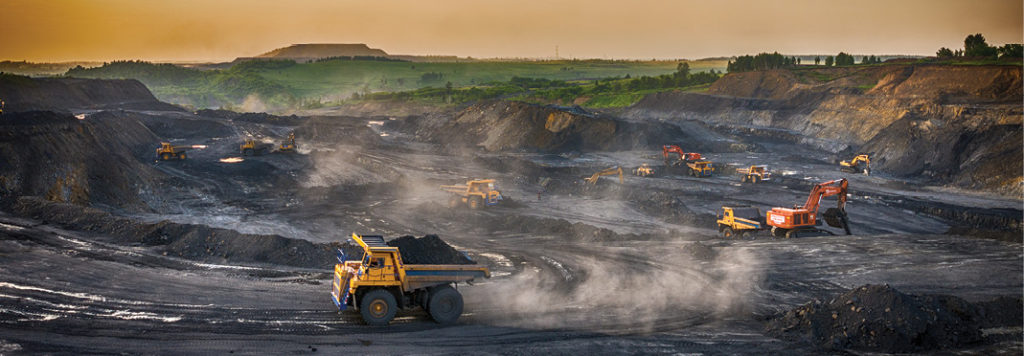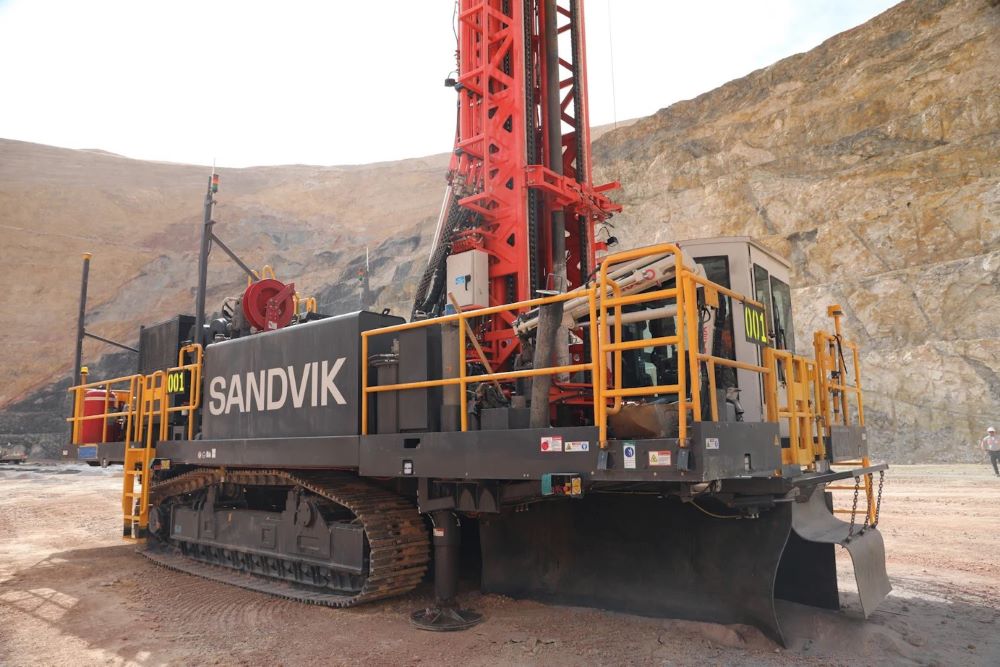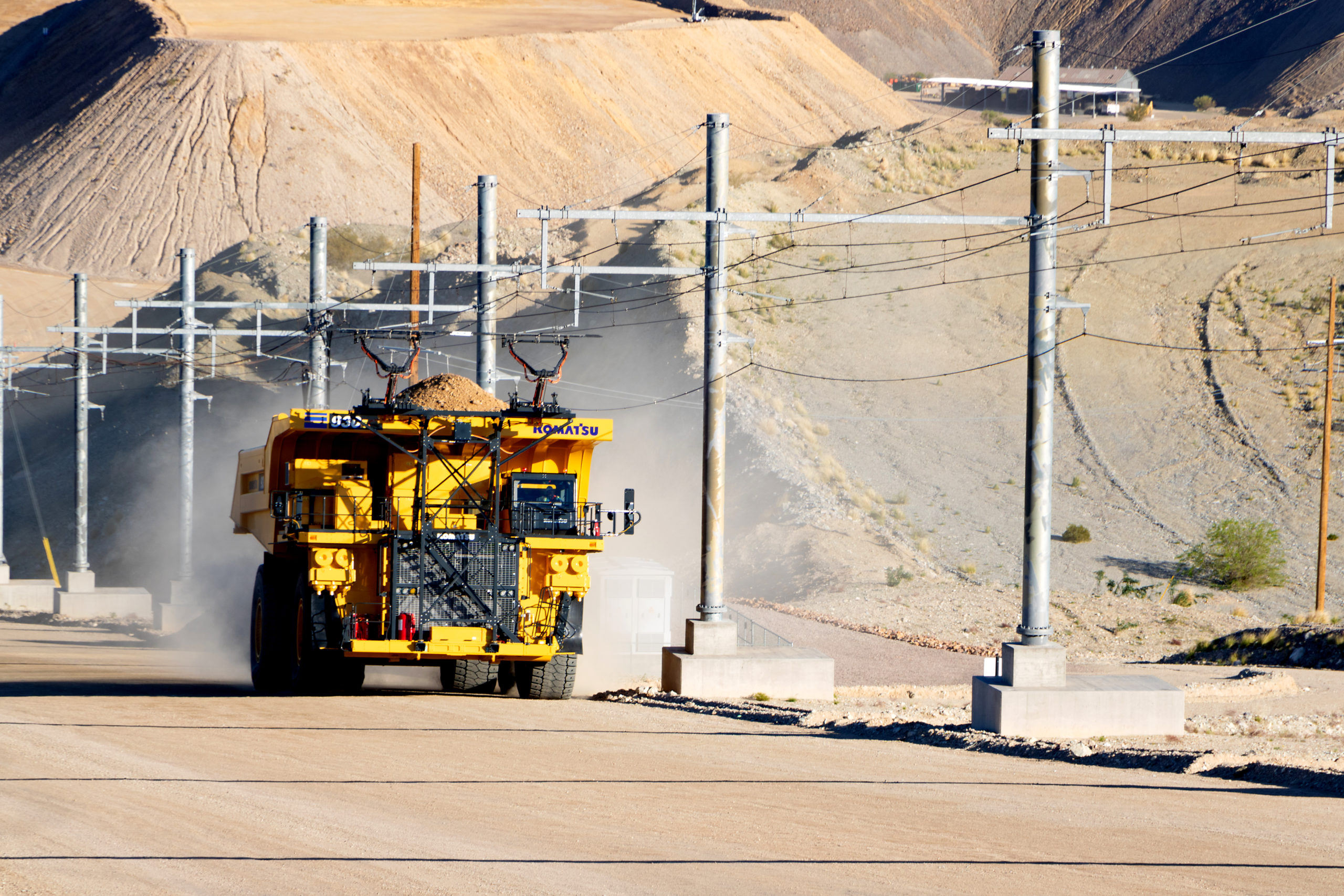Greece has clear road map to move away from coal

The latest data from the Intergovernmental Panel on Climate Change and the International Energy Agency pushed many national governments to decide that coal’s future is grim. In fact, the UN Framework Convention on Climate Change now warns that, if not phased out before 2040, coal’s continued use will push the world much closer to climate change catastrophe.
Experience has shown that the shift from coal can take decades. It presents not only economic and employment challenges, but social and cultural ones. The “economics of coal” is not favourable for the longer-term mining future. This situation has been brought about by a quickly shifting set of demands within the global energy sector: cleaner energy and digital technologies are eroding the commercial viability of coal. As the global energy transition progresses, regions that produce and consume coal face unique and complex challenges. They must plan and prepare for a transition away from coal in a transformation that will last for years.
For those living and working in coal regions, two aspects of the global energy disruption have become increasingly clear: coal is losing its commercial competitiveness; meanwhile, many populations, especially urban-based, are demanding cleaner air. Coal fueled the Industrial Revolution, but it also filled the skies with smog.
Many countries, from Indonesia to Ukraine, are moving away from coal. But since 2021 coal use has rebounded strongly from a major decline that began during the Covid-19 pandemic. Many developing countries are facing severe energy shortages that jeopardize their economic recovery and disproportionately impact the poor. These factors and the challenges associated with closing coal assets and reviving coal-dependent communities continue to slow the transition to clean energy.
The experience of Europe and the U.S. shows that the shift away from coal takes decades, and present not only economic and employment challenges, but social and cultural ones. However, countries can prepare now to exit coal in a way that protects people, communities and the environment.
“Transitioning away from coal in the electricity sector is the single most important step to limiting global warming,” said Mari Pangestu, World Bank managing director for development policy and partnerships, at a recent discussion at the bank’s annual meetings.
Many governments and companies have sat down with workers to discuss the coal transition and negotiated a path forward, including a date for exiting coal and the commitments of employers and governments to a just transition. This is according to Sharan Burrow, general secretary of the International Trade Union Confederation, who said, “What does a just transition look like? It actually means that there has to be the confidence of knowing there are jobs, jobs and jobs — because if people find that they will be left abandoned, that they will be stranded like stranded assets, or indeed, be a part of stranded communities, the trust simply won’t be there,” said Burrow.
As a first critical step, social dialogue is needed – to bring everyone on board. Per Olsson Fridh, Sweden’s Minister for International Development Co-operation, said this: “We need a whole-of-government approach everywhere to this transition. By bringing actors and parties together to find where the opportunities lie, this transition can be for all, and this is what we need.”
Understanding potential social impacts
Early engagement with communities is a vital part of understanding the potential social impacts on different groups of people, building trust, and ensuring they can drive their development and transition process. Those who are most impacted help create the plans, policies, and reforms that will strengthen institutions and mobilize investments needed to remediate the land, support people in their post-transition jobs and lives, and build a new economic future.
Shifting away from coal can be an opportunity to empower communities, embrace new technologies, redefine local economic development, and open new opportunities and jobs. Poland aims to reduce coal from 70% to as low as 11% of its energy mix by 2040 while ramping up low-carbon and renewable technologies. The country has become a top lithium-ion battery producer in Europe and significantly expanded its production of electric buses, creating new jobs in the process. Poland is also sharing its experience by participating in a knowledge exchange between its coal regions and those in Ukraine.

Coal mine closure is never easy for workers or for their larger communities. But there is evidence which shows that they can build back better, especially when/if engaged as partners in the transition. No matter the global nature of the coal challenge, successful transition solutions begin locally and look well beyond simply the question of energy. This was found to be true in the case of one of Europe’s regions where the lessons learned are being studied around the world. Greece’s lignite-rich Western Macedonia has, for quite some time, been engaged in a vicious cycle of disinvestment and population decline. Many of the reasons behind the region’s decline are directly related to the predominance of the energy-producing economy.
In Greece, the World Bank and others helped to develop a roadmap which would aid phasing out coal in Western Macedonia. This region has the country’s highest unemployment rate, particularly among young people. And it is where the loss of coal-related jobs puts a strain on the region’s economic future. The roadmap spells out what needs to happen at all levels: actions by government, by society at large, and by numerous environmental organizations. Included in the plan are specific roles for each level of government to prepare people and communities for the transition, and to restore mined lands as well as repurpose land and assets.
Winding down coal is a big part of Europe’s new green deal. One important report analyzed the consequences of decarbonization for Western Macedonia’s labour force. Among the report’s key conclusions: Much will depend on the coal transition path which is chosen, including the timing and labour intensity of the power plant decommissioning and land reclamation plans, as well as those of the new alternatives promoted.
Executing a well-managed transition in Western Macedonia, as in any other coal-dependent region, is a multi-year and multi-level process. In the first phase (Phase 1), governance structures have multi-level involvement from local, regional, and national level authorities, plus other stakeholder groups. This ensures sufficient buy-in on plans is gained from those most affected by the mine and plant closures.
Given the policy implications of transition, a national body is best placed to co-ordinate a Phase 1 planning process. In Greece’s case, this is the Governmental Committee for the Just Development Transition to the Post Lignite Era of the Region of Western Macedonia and the Municipality of Megalopolis of the Region of Peloponnese. This committee is responsible for overall co-ordination and decision making on planning and implementation of the country’s Just Development Transition Plan and Territorial Just Transition Plans. Under this committee, a technical secretariat was established by the government in May 2020. It is best placed to lead on planning, with support from experts outside the civil service.
Given the particularities of Western Macedonia’s transition, the Public Power Corporation (PPC) owns a significant portion of lands that could be put towards collective use for transition projects. A specific process was established to determine land-use scenarios, and this process was managed by a special purpose vehicle (SPV). The roles and responsibilities of the SPV include, but are not limited to, these four: undertaking the land use planning exercise; permitting for a special spatial plan (SSP); interfacing with potential investors who would bring businesses to the area under the SSP; and carrying out preliminary remediation and repurposing works.
In a second transition phase, the Technical Secretariat transferred to a société anonyme (SA) who has responsibility to oversee implementation of the transition plans and their corresponding programs. An important U.S. case, the Appalachian Regional Commission, shows how independent agencies tackle multi-faceted complex problems of national importance. The Greek track record on the use of independent operators, for projects of national importance, provides precedence for an SA to be applied in this instance. In parallel to the SA as operator, the SPV for PPC lands continues to operate. But it co-ordinates with the national programs operational in Western Macedonia.
During Phase 1, Western Macedonia established a Regional Transition Committee building on the example of the Regional Permanent Conferences (RPCs) in the Czech Republic. This committee has been responsible for soliciting projects and ideas for inclusion in the eventual operational programs. The committee is the main interlocutor with the technical secretariat in Phase 1, and with the SA in the second phase. The committee is presided over by the governor’s office. The existing Coal Regions in Transition Working Group for Western Macedonia plays a secretariat function to this committee – in support of the governor’s office.
Governments and non-state actors naturally draw attention to the need to support people (particularly workers) during the transition. At the root of any transition strategy is one key objective: the structural transformation of a region’s post-coal economy. The types of sectors and activities commonly found in coal region economic transition strategies reflect this search for diversity in development interventions. The list ranges from support to clean energy technologies, to youth capacity building, to worker reskilling. Practically speaking, this means giving equal weight to medium-to-long term growth opportunities as to short term social protection measures.
Gordon Feller is a freelance writer.





Comments